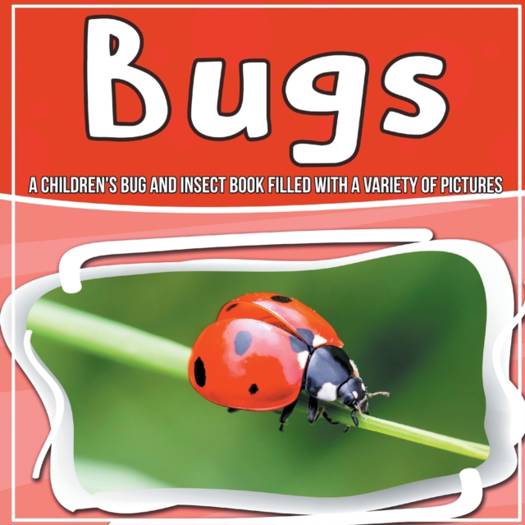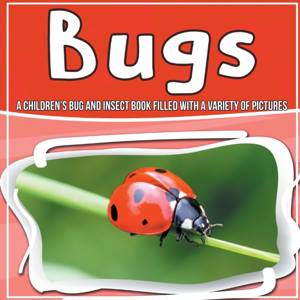
Je cadeautjes zeker op tijd in huis hebben voor de feestdagen? Kom langs in onze winkels en vind het perfecte geschenk!
- Afhalen na 1 uur in een winkel met voorraad
- Gratis thuislevering in België vanaf € 30
- Ruim aanbod met 7 miljoen producten
Je cadeautjes zeker op tijd in huis hebben voor de feestdagen? Kom langs in onze winkels en vind het perfecte geschenk!
- Afhalen na 1 uur in een winkel met voorraad
- Gratis thuislevering in België vanaf € 30
- Ruim aanbod met 7 miljoen producten
Zoeken
Bugs
A Children's Bug And Insect Book Filled With A Variety Of Pictures
Bold Kids
Paperback | Engels
€ 21,95
+ 43 punten
Omschrijving
Everywhere you turn, you'll find bugs. They're cute and sometimes bothersome, but kids love them. As parents, we want to teach our kids everything we can about them, but teaching science to little ones is no easy task. So we've come up with some fun facts about bugs to make science a bit more fun! These are just a few of the many facts that make bugs fun for kids to learn.There are three main parts of a bug's body: the head, the thorax, and the abdomen. Like humans, bugs have an exoskeleton and senses that enable them to smell, hear, and feel the weather. Most bugs live in colonies. There are few exceptions to this rule, such as when two insects fight. This is known as an insect safari. Insects make lots of noise and can be a nuisance, but they are not harmful to humans!Did you know that stag beetles are the largest creatures in the UK? A single honeybee colony can produce up to 100kg of honey each year, which is enough to fill more than two hundred jars. A dung bee can drag up to 1,141 times its weight. During a single season, a honeybee colony can produce up to two hundred and twenty jars of honey. An ant-eating assassin bug piles its victims on its body to scare predators away. Fireflies flash in unison, and a water scorpion breathes through a tube that resembles a snorkel.
Alleen bij Standaard Boekhandel
+ 43 punten op je klantenkaart van Standaard Boekhandel
Beoordelingen
We publiceren alleen reviews die voldoen aan de voorwaarden voor reviews. Bekijk onze voorwaarden voor reviews.










